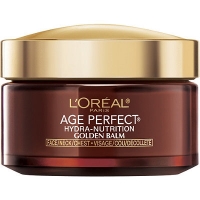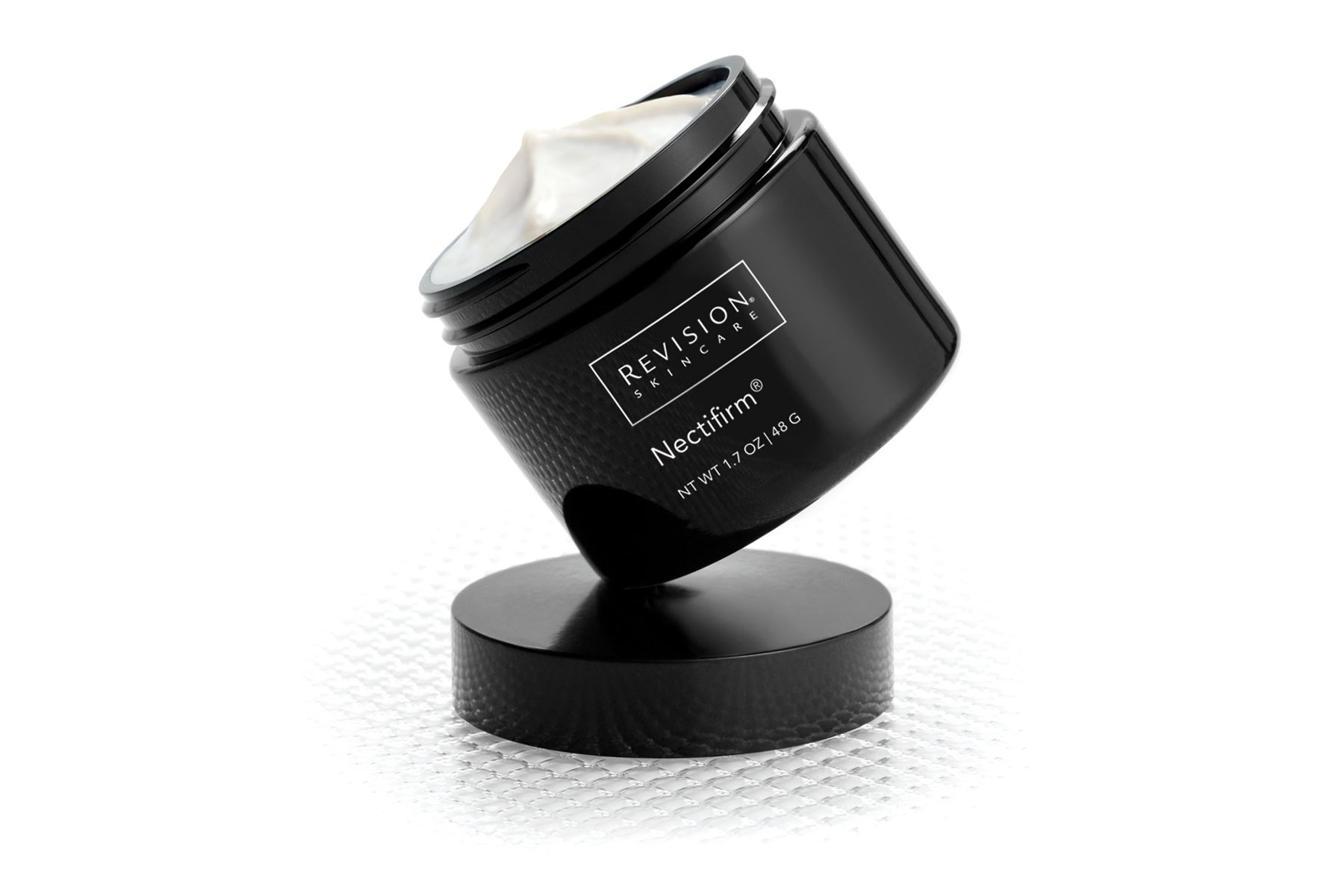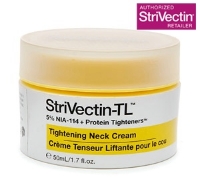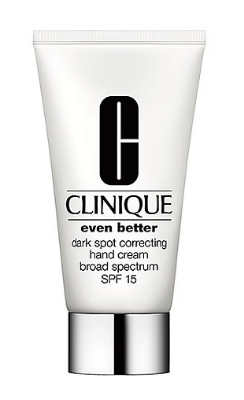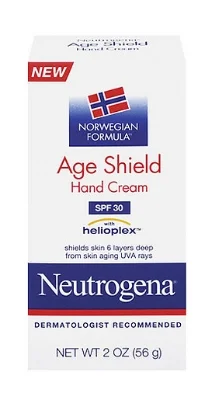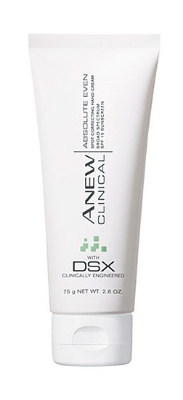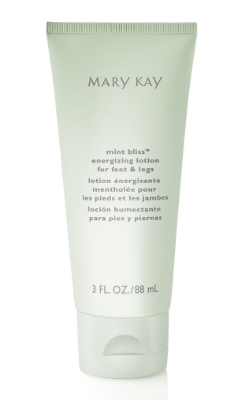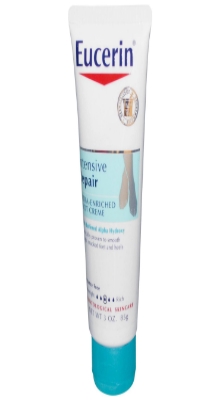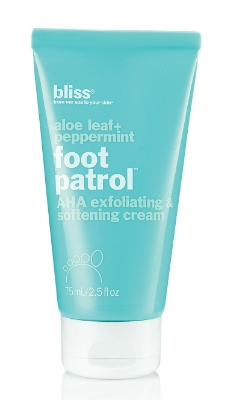3 Body Parts You're Probably Forgetting About
/I think the first product I remember using as I a pre-teen starting in on my evolving skin care journey was Noxzema. Good ol' Classis Noxzema. As my skin (aka hormones) changed as I grew, I tried various other products for various skin issues: breakouts, oiliness, blackheads, etc. It unfortunately wasn't until college (after the years in high school out on the track field in the sun everyday) that I started wearing SPF every day on my face, which I of course continue regularly today, along with my current collection of anti-aging products.
But all the time the products were about my face. I did use body lotion on my arms and legs, but pretty much I took for granted all the skin from my chin down. But that is a mistake. All of our skin is aging together, and needs attention to keep it at its best. It may not be as common everywhere else, but in LA it's not hard to find a mature woman with a youthfully taught face (courtesy likely some Dr. in the 90210), but then the deep lines and sag in her neck, and the spots on her forearms and back of her hands give her true age away.
The following 3 body parts need our attention as much as our crows feet and smile lines to help them age well:
1. Your Neck
From your chin all the way down to your chest. This area is actually delicate, and suffers the same effects from sun exposure as your face does. And while most of use will not likely turn to cosmetic procedures to reverse the signs of aging, even if we did, there are not as many options available for the damage to the décolletage. You will be very unhappy if you've managed to keep your face sun-spot free, only to have your chest covered in them.
What you should do: While it will likely cause you to go through your facial products faster, you should be applying all the same products from your chest up. Your anti-wrinkle products and your SPF products. Or you can use separate products specifically designed for those areas, but at a minimum you should moisturize and use an SPF everyday. And you should apply all products in an upward motion - there's no point in using an anti-aging firming product if you're only going to drag the skin down with your pulling while applying.
2. The Backs of Your Hands
This is one of the first places to show signs of aging. Depending on your skin type and the frequency with which you wash your hands, you may or may not apply hand lotion regularly. I have a toddler and hand washing is a frequent event for me, so my hands get dry. There's always a lotion on my desk and in my purse. While moisture is important, the main thing most people neglect with their hands is the SPF. Like the skin of our necks and chest, the skin on the backs of our hands is more delicate than many other places. The backs are unlike the palms of our hands, which we are constantly using and therefore have constant cell-turnover. Additionally, if you spend any amount of time driving a car, then your hands on the steering wheel are getting harmful sun exposure while most of the rest of you is shaded in the car.
What you should do: Exfoliate weekly or bi-weekly, and apply SPF often. The hard thing about your hands is that they get washed more frequently than the rest of your body. So if you put sunscreen on in the morning, the next time you wash your hands you're back at square one. The thing is to find a hand lotion with sunscreen in it, and use it after every wash. I also keep a travel size sunscreen in my car console and apply a layer to the back of my hands on especially sunny days.
3. Your Feet
Sure, we get pedicures weekly (or monthly, if we're lucky), and they use callous remover and scrubs. But on a daily basis, our feet go through a lot and need daily TLC to keep the dry heel crack from becoming a permanent foot trait. Although if you wear a lot of open shoes and are in a sunny region, the tops of your feet need sun protection as well. This is often forgotten.
What you should do: It's really all about the moisture with the feet skin. In the morning, right after your shower, or at least 10 minutes before you put shoes on, apply lotion. At night is when you can do a deep moisture treatment if you're so inclined: using a more intense formula, apply before bed then sleep with socks on. Your feet will stay soft between pedicures, and likely your callouses won't be as noticeable. While you can buy specific foot lotions, this is where I like to use up those travel and sample sized lotions that I don't like for any other part of my body. (I'm currently using up some Body Shop Body Butter that was just too fragrant for use closer to my nose.)


